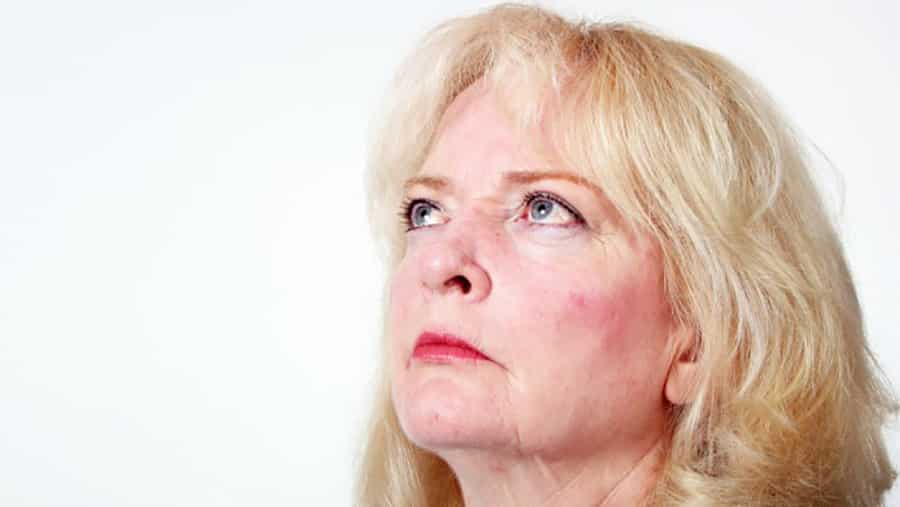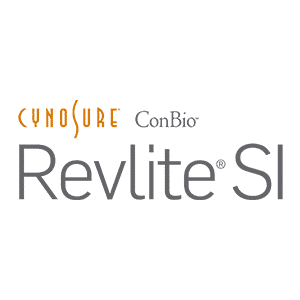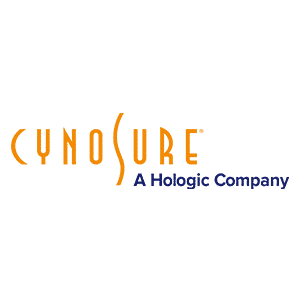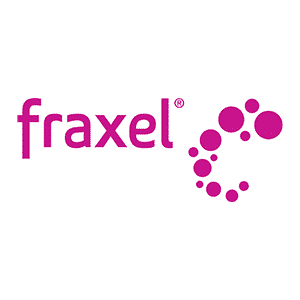Rosacea is a common yet complex chronic skin condition. The exact cause is unknown but it is generally seen in fair skinned adults of Northern European descent. It typically starts after 30 years of age, is more common in women but more severe in men.
Rosacea affects the face and usually begins with a tendency to flush and blush, which can progress to permanent redness, and increased skin sensitivity. Sometimes Rosacea can present with flaky skin, papules, pustules and thickening of the skin.
There are 4 types of rosacea which can be thought of as Redness, Redness and acne (Acne Rosacea), Skin Thickening (especially around the nose) and Eye Involvement (Ocular Rosacea).
While there is no cure for rosacea effective treatment options do exist to control the condition and can be tailored to the symptoms and disease severity. Rosacea is considered to be a blood vessel disorder but precise mechanism is not clear. Current treatments for rosacea focus on reducing inflammation, regulating blood vessel proliferation and trying to reduce trigger factors.
Dermal treatments for Rosacea include Vitamin A, Salicylic Acid and Niacinamide:
(1) Vitamin A
There are many benefits in treating and maintaining rosacea with Vitamin A, these include improving barrier function, reducing epidermal thickening, regulating exfoliation and helping control excess oil and acne eruptions. Vitamin A can improve erythema (redness) and is also known to improve the appearance of telangiectasia.
(2) Salicylic Acid
Salicylic acid is a Beta Hydroxy acid, and is a derivate of aspirin. Rosacea can often display skin bumps formed by a build up of keratin around the hair follicle. Salicylic acid has a keratolytic action, which functions by softening the build-up of dead skin (keratin). Salicylic acid clears the pores, helps with inflammation and increases the cellular turnover making it a very useful treatment for skin conditions like rosacea, especially when there is an acne component.
(3) Niacinamide
Topical Vitamin B3 (niacinamide) can greatly diminish the blushing and flushing commonly associated with rosacea. Topical niacinamide can improve the barrier function of the skin and decrease the redness associated with rosacea flare ups.
Prescription treatments for rosacea include:
(1) Topical antibiotics
Common topical antibiotic creams to target the acne component are metronidazole, clindamycin and erythromycin.
(2) Oral Antibiotics
For more severe outbreaks of acne in Rosacea a course of antibiotics may be need to be prescribed such as tetracycline, minomycin and doxycycline.
Light based treatments such as BBL and Pulsed Dye Lasers are effective in treating the capillary blood vessels (telangiectasia) as well as reducing the appearance of redness in the skin. While there is no cure for rosacea, effective treatment options do exist and can be tailored to the symptoms and severity. It is important to recognise and avoid trigger factors.













